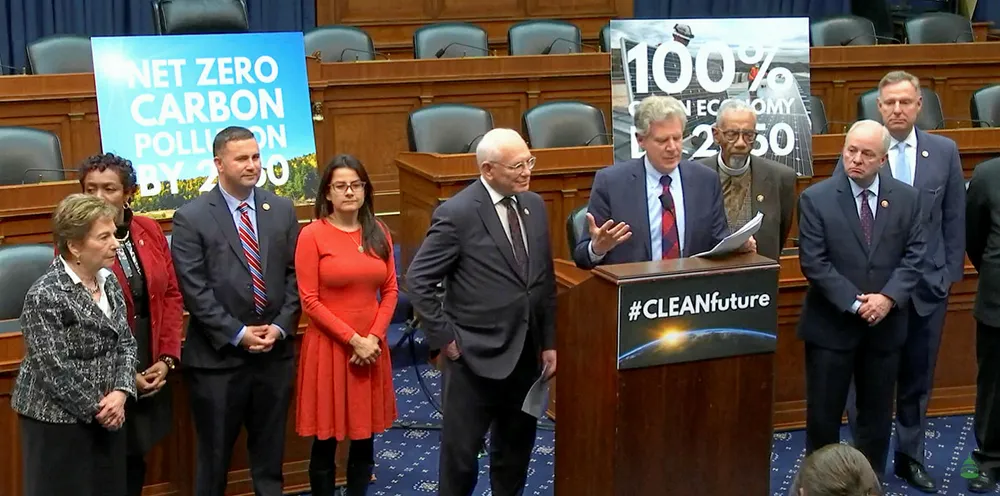Democrats unveil legislation for US to hit zero emissions by 2050
The CLEAN Future Act would achieve the target through the enforcement of rising national clean-energy standards, rather than carbon pricing

The CLEAN Future Act would achieve the target through the enforcement of rising national clean-energy standards, rather than carbon pricing
